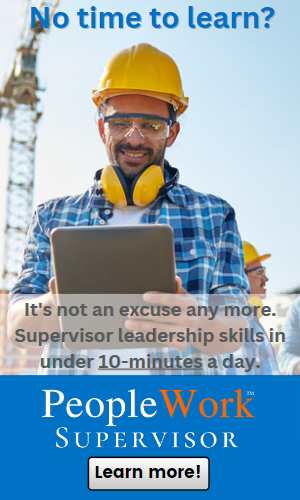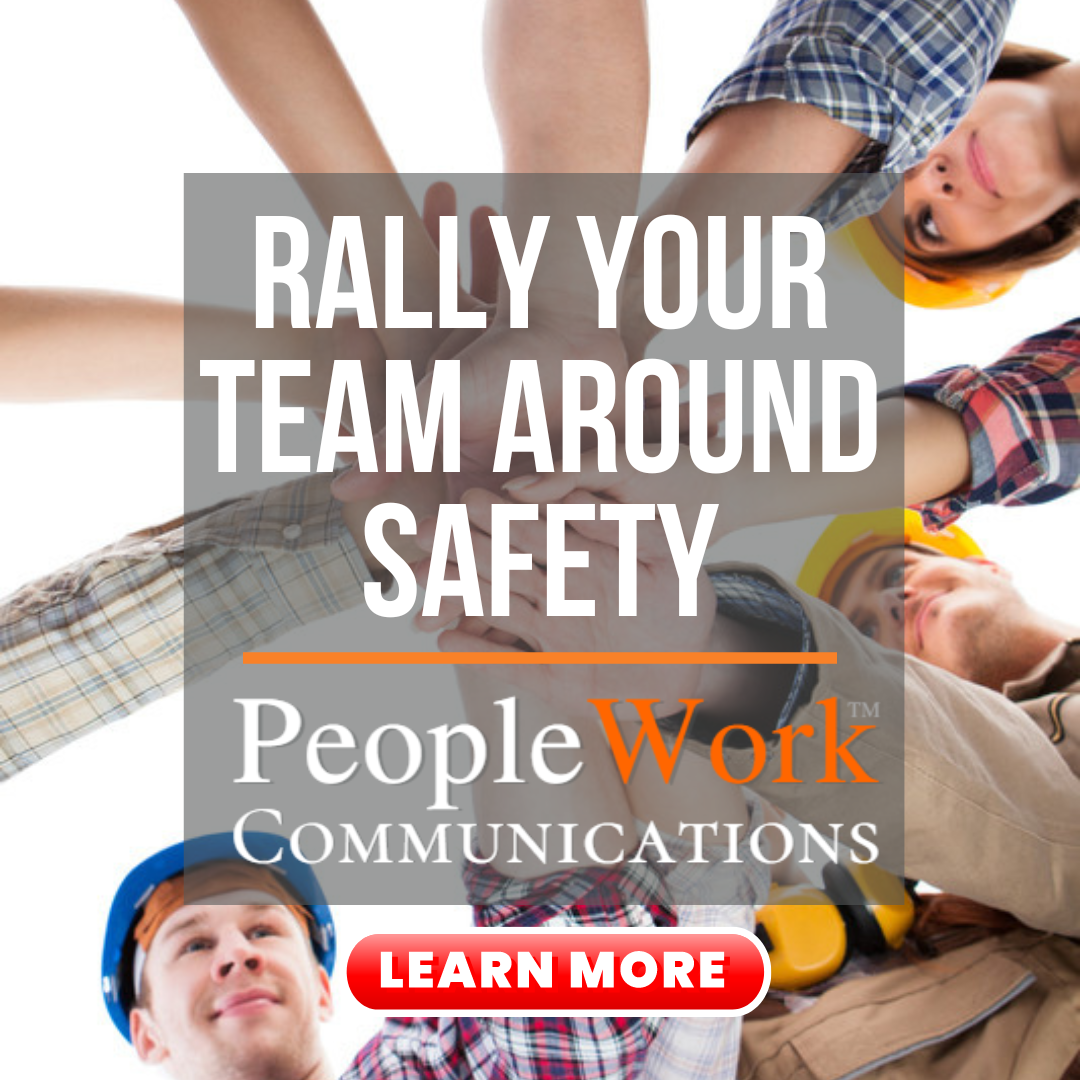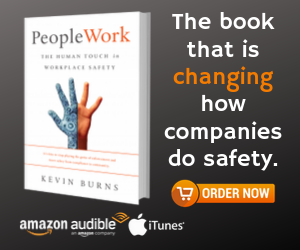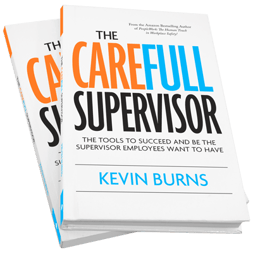Fifteen years ago, I was conducting a leadership workshop with a group of senior managers at an oil and gas drilling company. At one point during our meeting, one of the senior managers began lamenting the recent departure of one of their drilling rig managers to a competitor.

Three months previous, the rig manager left for another drilling company. And his departure was still being felt.
I was confused as to why there seemed to be so much concern and discussion at the loss of a single rig manager still after ninety days. Then I was informed that over the three months following the rig manager’s departure, each of the 8 members of that rig manager’s team had also handed in their resignations. All left to join their old boss at the new company.
The company hadn’t lost just one person. They had lost nine – the whole crew.
My first thought was, “wow, we need to create more of those kinds of supervisors.”
Investing in supervisors matters.
The experience of those senior managers began my 15-year (and counting) journey helping companies create and coach better supervisors to support the safety program. Supervisors who are so respected by their teams, and who create such a strong bond with their teams, that the team would follow the supervisor if they left for another company.
The thought of putting time, energy, and financial resources into supervisor training should not be something that frightens any company. Yet, some are reluctant to invest in supervisors for fear that once they receive their training, they might leave. What they should be afraid of (in the view of business management guru, Tom Peters) is what if you don’t train them and they stay?
3-step process to better safety culture.
I cannot stress enough the importance of ensuring a level of buy-in to the safety program by frontline supervisors. It is the first of three steps in transforming the culture of any company, large or small. In fact, here are the three steps that must be accomplished in the following order:
1. Get buy-in from frontline supervisors. No influence on frontline employees is greater than that of the employee’s immediate supervisor. Employees do what supervisors do. Period.
 If the supervisor does not buy-in to safety as one of their own guiding principles and personal values, then the team will not either. As an organization, you will frustrate yourself trying to get across-the-board acceptance of safety without supervisor support.
If the supervisor does not buy-in to safety as one of their own guiding principles and personal values, then the team will not either. As an organization, you will frustrate yourself trying to get across-the-board acceptance of safety without supervisor support.
2. Clarify your safety message. Ask ten people their favorite breed of dog and you will get ten different answers. Ask ten employees to define safety and you will get ten different answers. It is not that employees do not care for safety, it’s that they don’t view it the same way as you do.
Every organization must commit to communicating safety in a way that the vision is clear to everyone. When you simplify and clarify the safety messaging, you get better buy-in from all levels of the organization.
3. Rally your team around safety. From employees to senior leadership, everyone is already in agreement on this point: no one wants to see another employee get hurt. In fact, it may be the one unifying component of your entire safety program. So why do you insist on talking about safety in numbers?

Employees cannot get behind a book of rules, a spreadsheet of numbers, or charts of TRIF rates and LTI scores. They want to get behind something meaningful. Taking your clear and concise safety statement (from Point 2 above), and create a compelling reason to come together. To accomplish that, you will have to reach your people at an emotional level. To rally your team around safety, you must make safety the one thing, regardless of position, that unifies everyone.
So, how do you get started?
If you have not already done so, you could start with reading PeopleWork: The Human Touch in Workplace Safety. The book is written for front-line supervisors and safety people, especially for anyone in a position to influence employee performance. It is a book on people-centered management for safety in the workplace.

You will find practical, how-to steps that frontline supervisors and safety people can master. It promotes a relationship-based culture focused on mentoring, coaching, and inspiring teams. It is an approach that ultimately improves employee productivity and allows everyone to achieve their personal goals and the goals of their company.
Next steps.
Once you have read PeopleWork (or listened to the audiobook), you will be ready for the Safety Communications & Coaching for Supervisors Program. This is a program designed to support supervisors to positively influence front-line employees.
Since employees do what supervisors do, you must make sure that supervisors are doing the right things. You will want to make sure that the relationship between supervisor and employee creates a strong bond. That if the supervisor left for a competitor, that the team would follow their supervisor. That is evidence of a solid team. And you most certainly want to create more of those kinds of supervisors.
Once supervisory buy-in has occurred (and it will), you are ready to clarify the safety messaging and begin to Rally Your Team around safety.
--
Kevin Burns is the President/CEO of KevBurns Learning. Kevin works with smart, caring companies to energize safety culture, build teamwork, and improve employee participation in safety.
In 2020, BookAuthority.org named PeopleWork #7 of The Top 44 Workplace Safety Books of All Time. Buy yourself a copy of PeopleWork: The Human Touch in Workplace Safety and give another as a gift to a colleague.
Subscribe to Kevin’s Blog.


